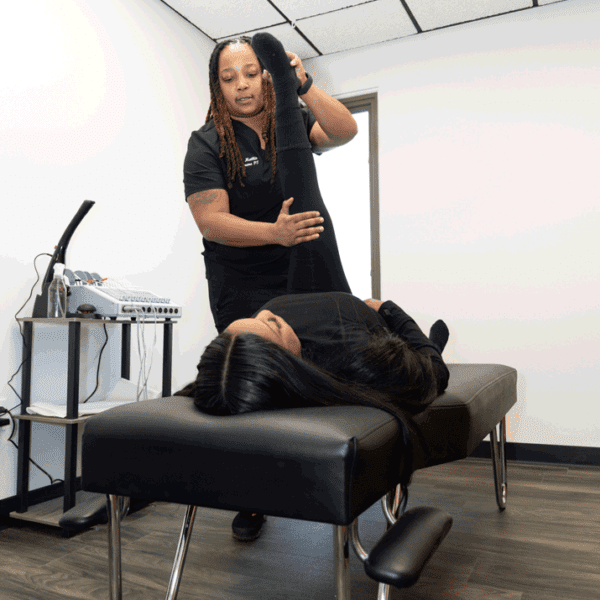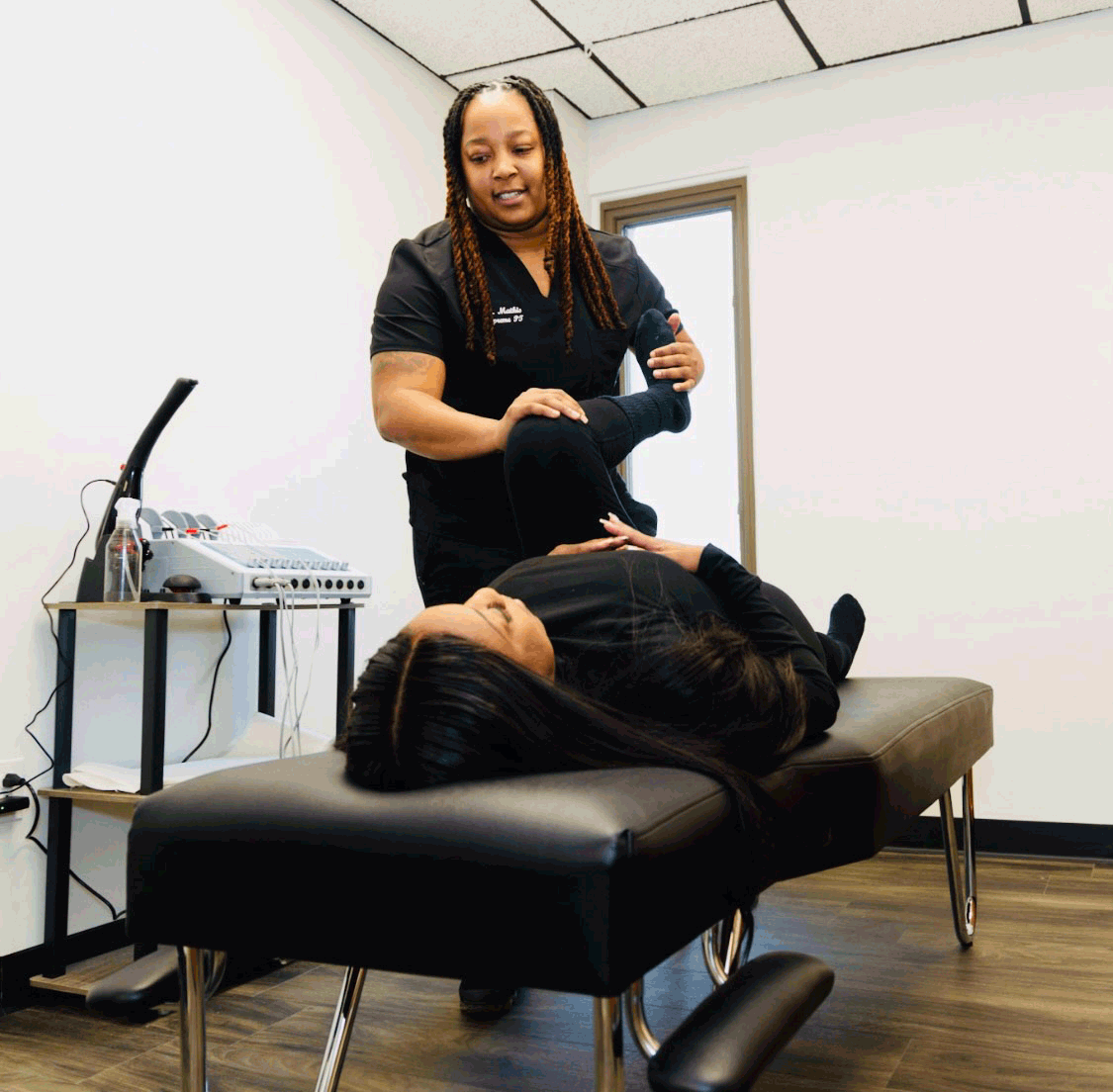What is Manual Therapy ?
Manual therapy techniques are skilled passive movements of joints and soft tissue thatare intended to improve tissue extensibility, increase range of motion, promote relaxation, and relieve pain. It is also noted to reduce swelling, inflammation, and joint restriction. Techniques may include manual lymphatic drainage, manual traction, massage, mobilization/manipulation, and passive range of motion.
Our physical therapists select, prescribe, and implement manual therapy techniques when the examination findings, diagnosis, and prognosis indicate use of these techniques to improve overall health and wellness. The use of manual therapy enhances physical performance, increases movement ability, and prevents bodily impairment, activity limitations, and/or participation restrictions.


